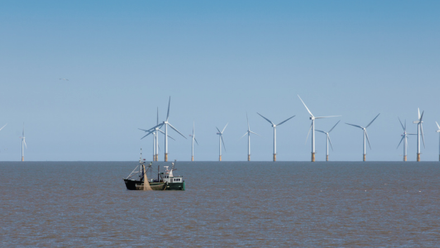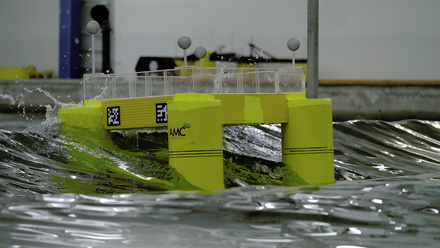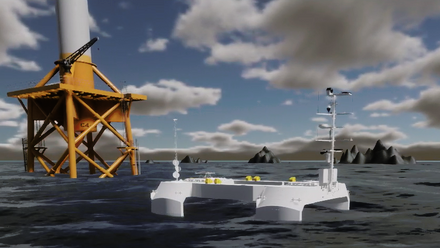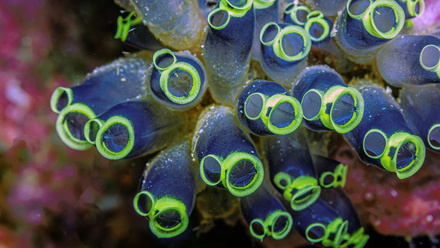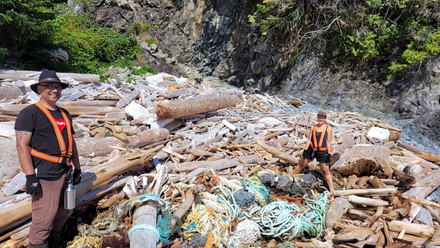A journey from the Alps to the North Sea
With the support of the David Henderson Inspiring Journey Grant, Hannah Muir will trace the Rhine River from Switzerland to the Netherlands on her bike.
Muir has two big loves. One is cycling: “I go on cycling adventures whenever I can. All my free time is spent dreaming up and going on adventures on my bike,” she enthuses. Muir’s other love? Marine science.
Muir is a PhD student at the National Oceanography Centre in Southampton researching natural carbon storage. The goal, Muir says, is to help inform decision-makers on supporting carbon storage in coastal and marine ecosystems. “A big question I have is: ‘Can we manage carbon in our coasts and ocean solely through marine policies and decisions, or do we need to plan holistically across the entire landscape, going right the way from in-land environments all the way out to the sea?’”
For Muir, the David Henderson Inspiring Journey Grant, established in memory of Henderson, who worked for IMarEST until his death at 31, offered the perfect opportunity to combine the two.
“The Rhine is a great place to investigate this question because it’s a highly developed river system that’s completely changed from its natural state, but people are aware of this and, in many places, are trying to reintroduce nature and improve sustainable practices along the river from its source to sea.”
Voices from the Rhine
Along the route, Muir plans to interview locals, researchers, managers, businesses, and other organisations about issues such as water quality, restoration, plastic pollution, and shipping. Among those are groups helping reintroduce migratory fish. “There’s a great effort going on to enable migratory fish, like salmon, to make their way back up the river to Basel, where they used to spawn many years ago. I’m hoping to learn more about these initiatives, from the opening of the Haringvlietdam at the mouth of the Rhine in Rotterdam all the way to helping fish migrate through Germany and France to Switzerland.”
For Muir, who is interested in this connection between land and sea, an interesting topic could be approached along the journey: whether those involved in enhancing the river system, from salmon-reintroduction projects, sustainable wineries, river clean-up groups, and organisations like the International Commission for the Protection of the Rhine, are thinking about the ocean in that process.
“A lot of the discussions are about river health and the impacts of these projects on the local area inland and rightly so, but I’m interested to know if people are also thinking about the connection between these actions inland and their impact on [the] ocean.”
Sharing the story
With IMarEST's support, Muir plans to share the stories and experiences of those she meets along the way with the wider world. Alongside a blog and sharing news and snippets on IMarEST’s social media accounts, “We’re going to produce a short video that will show how the river environment changes from its source to the sea and the interesting places on the route, like the restored wetlands and sustainable wineries. I’ll also have interviews with the people I meet along the way, which I hope to share,” she explains.
The National Oceanography Centre, where Muir is currently based, will also do a promotional podcast episode.
“This is definitely a journey I want to share, to show that there are so many ways we can improve our water systems, which not only improve people's lives but also support coastal and ocean health. I want to highlight the people involved and share their work, as that’s what's important,” Muir concludes.
Hannah’s journey, ‘A Bikepackers Journey from Source to Sea: Exploring Sustainable Solutions for the Ocean through Community Connection along the Rhine River’ will start this September and take approximately three weeks.
Image: Hannah Muir on her bike; credit: Hannah Muir.
Tell us what you think about this article by joining the discussion on IMarEST Connect.

